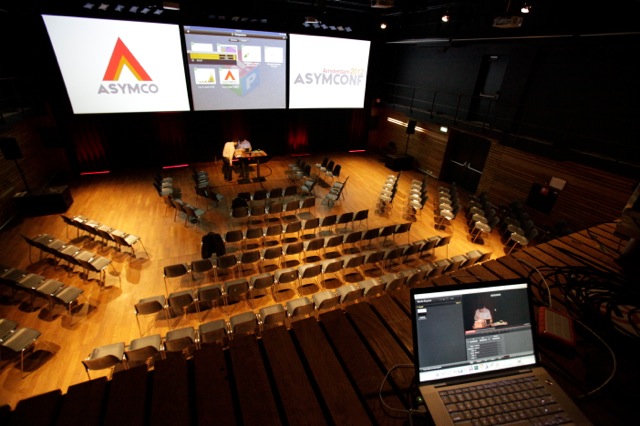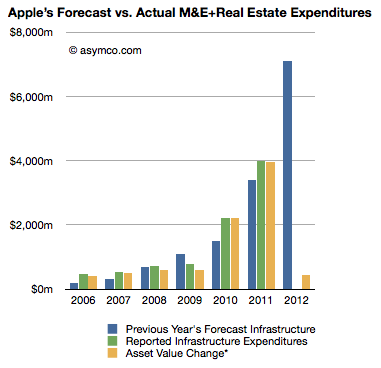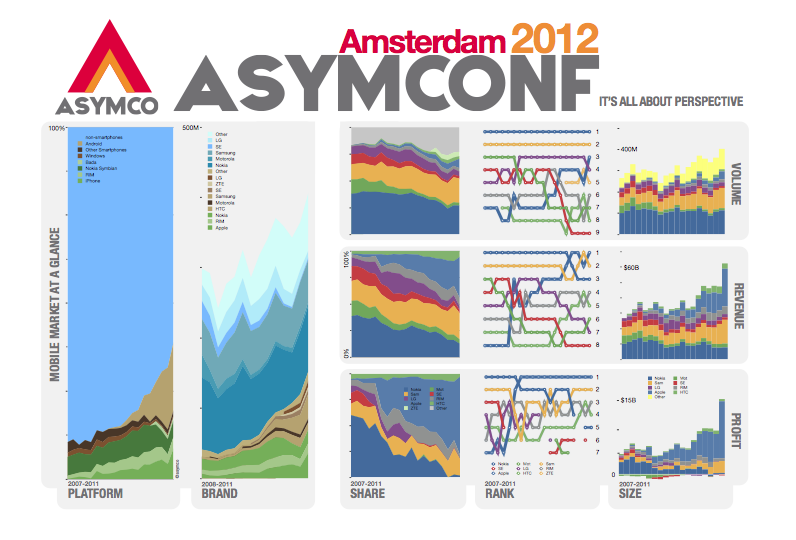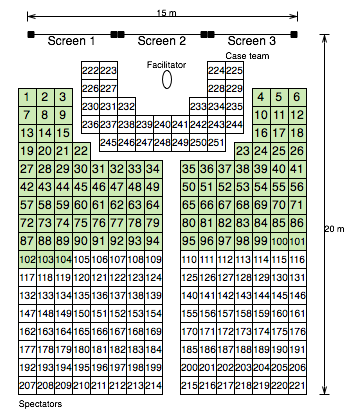Asymconf California is the second[1] in the series and will expand in scope and intensity relative to the first event in Amsterdam. Attendees will be treated to an engaging, participatory experience. Using the case method to teach (and learn), we will look at the state, history and future of innovation as seen from a Californian perspective.
There will be four themes:
- Being Back. How California came to disrupt and be disrupted.
- It’s always sunny. Californians invented the concept of lifestyle. Did they also invent the concept of business style?
- Going West. The role of frontiers (geographic, conceptual and societal) in the creation of wealth. Escaping the zero-sum trap.
- North vs. South (California.) A modern civil war.
Distinguished guests will be invited to act as presenters and panel members.
Asymconf California will take place January 30, 2013[2] at the IBM Almaden Research Center near San Jose, California.
Two workshops are also planned. Read more and register at asymconf.com.
—
- You can purchase the proceedings from Asymconf Amsterdam.
- The day before Macworld/iWorld in San Francisco. Transportation will be arranged from SF.




